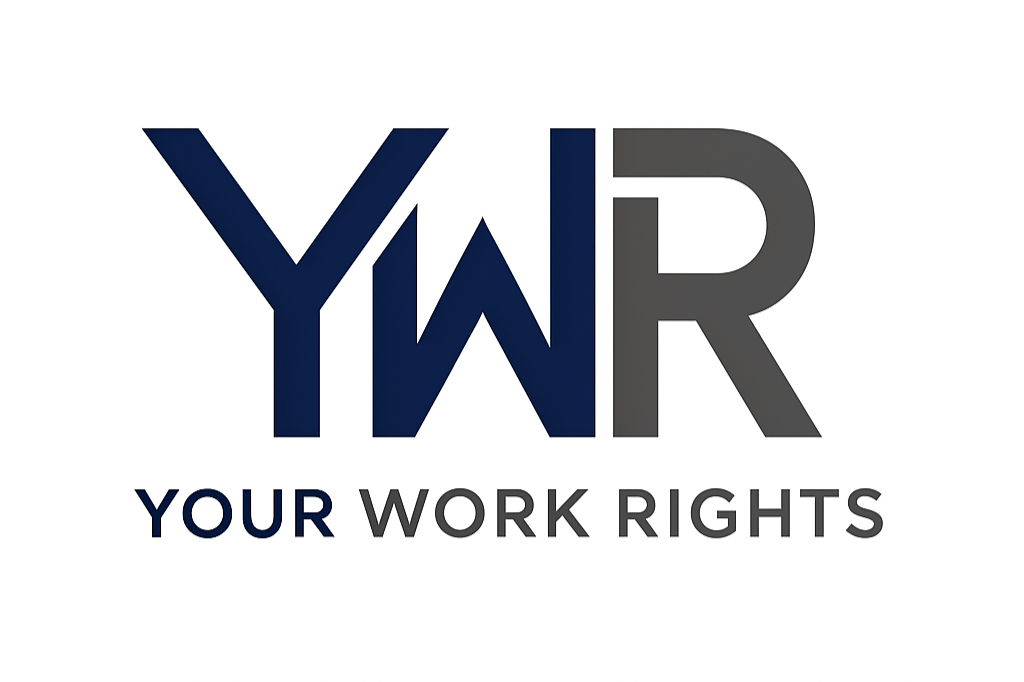Whistleblowing: A Guide to Making a Protected Disclosure
Raising the alarm about serious wrongdoing at work is one of the most difficult and important things an employee can do. This is known as "whistleblowing," and it is protected by UK law.
However, employers often see a whistleblowing disclosure as a major threat and may use specific tactics to silence you or undermine your concerns. This guide explains your rights under the Public Interest Disclosure Act 1998 (PIDA) and gives you the strategic insight to navigate the process safely.
1. What is Whistleblowing? (And What It Is Not)
A whistleblowing disclosure is fundamentally different from a personal grievance.
A Grievance is About You: It concerns a breach of your own employment rights (e.g., you have been bullied, your pay is wrong).
Whistleblowing is About the Public Interest: It concerns a wider danger or wrongdoing that affects others (e.g., other employees, clients, or the general public).
To be legally protected, your disclosure must be about one of the following six categories of wrongdoing:
A criminal offence
A breach of any legal obligation
A miscarriage of justice
A danger to the health and safety of any individual
Damage to the environment
A deliberate cover-up of any of the above
2. Employer Tactics: The Traps to Watch For
An organisation facing a serious whistleblowing disclosure will often move to protect itself, not to investigate the concern. Be prepared for these common detours.
Tactic 1: The "Unrelated Investigation"
This is a classic diversion tactic. Instead of investigating the serious issue you have raised, the employer launches an investigation into you.
What it looks like: Suddenly, your own performance comes under intense scrutiny. Minor, unrelated issues from your past are brought up. You may be accused of having a "bad attitude" or not being a "team player."
The Goal: The aim is to discredit you as a witness and turn the focus away from the wrongdoing you have exposed. It is designed to intimidate you into silence.
Your Defence: Keep a detailed record. If you are subjected to this, you may have a separate claim for victimisation (being punished for making a protected disclosure).
Tactic 2: Misrepresenting it as a "Personal Grievance"
An employer will often try to reframe your public interest concern as a personal complaint.
What it looks like: You raise a concern about widespread safety breaches affecting all staff. In the investigation meeting, HR focuses only on how you have been personally affected, ignoring the wider issue.
The Goal: By treating it as a grievance, they can limit the scope of the investigation and avoid addressing the systemic failure. A personal grievance is seen as less of a threat than a public interest disclosure.
Your Defence: In all your written communication, use the correct legal language. State clearly: "This is a protected disclosure under the Public Interest Disclosure Act 1998 concerning a danger to the health and safety of staff."
Tactic 3: The "Vague and Endless" Investigation
What it looks like: The employer agrees to investigate, but the process drags on for months with no clear updates or outcome. You are told the matter is "complex" and "being looked into."
The Goal: This is a tactic to wear you down and hope you will eventually give up. It also serves to delay you from escalating the issue to an external regulator.
Your Defence: Do not wait for the internal process to conclude. If you have serious concerns and the employer is not acting, you have the right to take your disclosure directly to a "prescribed person."
3. How to Make a Protected Disclosure Safely
Step 1: Go External if Necessary
You do not have to use your employer's internal policy first. If you reasonably believe that evidence will be destroyed or that you will be victimised for raising the issue, you can and should go directly to an external regulator.
Step 2: Identify the "Prescribed Person"
A "prescribed person" is an official body that is authorised to handle whistleblowing disclosures. This includes:
The Health and Safety Executive (HSE) for safety concerns.
The Information Commissioner's Office (ICO) for data protection breaches.
The Equality and Human Rights Commission (EHRC) for discrimination issues.
Step 3: Put it in Writing
Your disclosure must be a disclosure of information. A vague allegation is not enough. Be specific, factual, and provide the evidence you have.
Step 4: Use the Magic Words
State clearly at the top of your letter or email: "This is a protected disclosure under the Public Interest Disclosure Act 1998." This puts the organisation on formal legal notice.
4. Your Legal Protections
If you make a protected disclosure, you are protected by law from being subjected to any detriment. A detriment is any disadvantage, such as:
Being dismissed (this is an automatic unfair dismissal, and you do not need two years of service to bring a claim).
Being overlooked for promotion or training.
Being ostracised by management.
Being disciplined or given a poor performance review because of your disclosure.
If you suffer a detriment, you can bring a claim to an Employment Tribunal.
Need help with your next steps? [Our Employment Tribunal Preparation Toolkit]
Considering a negotiated exit? [Our Guide to Settlement Agreements]
